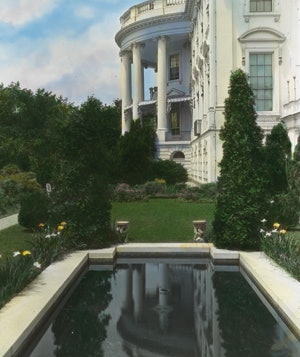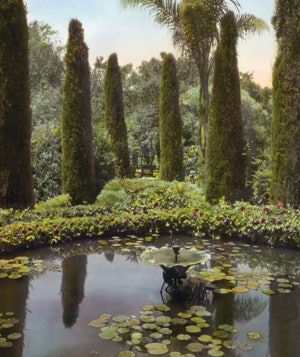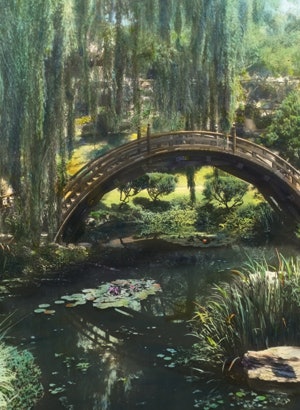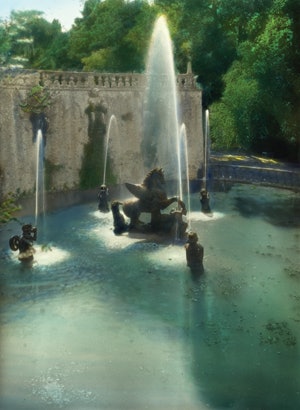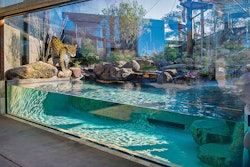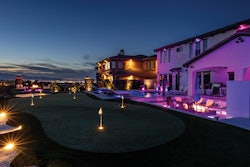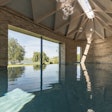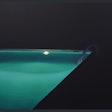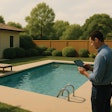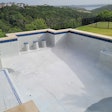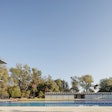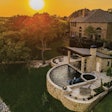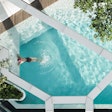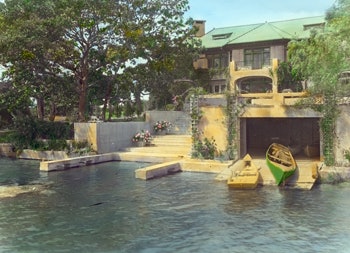
Frances Benjamin Johnston (1864-1952) is widely considered one of America’s first great female photographers. During her heyday in the early 20th Century, she became famous for her images of U.S. presidents, foreign royalty, celebrities and other notable contemporaries. She was also one of the pioneers of landscape photography.
The Library of Congress recently released a treasure trove of Johnston’s photos capturing some of her era’s most beautiful gardens and water features. The collection is the result of extensive research and work by garden and home writer Sam Watters, who painstakingly restored over a thousand of Johnston’s “lantern slides.” Watters’ efforts resulted in his new book Gardens for a Beautiful America: 1895-1935 (Acanthus Press in Association with the Library of Congress, 2012).
Johnston’s lantern slides were typically 2.25-by-4-inch glass panels used in projectors, a popular method for projecting large images, much the way 35mm slides work today. Johnston originally created these slides using black-and-white photography and then adding color by hand. Her work often featured large modern estates, historic properties and upper-middle class homes, and was widely used in lectures as part of the “Garden Beautiful” movement of the early 20th Century.
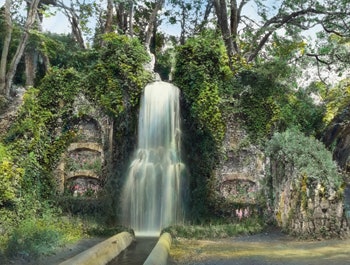
In his work culling and researching these images, Watters did an amazing job of identifying designers and fleshing out historic details for the various properties. In looking back at these mesmerizing images, we’re treated to a tour of remarkably sophisticated exterior design as well as the lens that was Johnston’s gifted eye. In many cases, it’s not difficult to imagine these spaces being created today. Sadly, these images are all we have left of many of these properties. In some cases, the scenes depicted are still very much in place.
FINDING INSPIRATION
From a visual design standpoint, these images serve as a gallery of inspiring ideas drawn from timeless design principles. We see tremendous use of perspective, symmetry and asymmetrical balance, texture, proportion and color. In selecting the images, we focused solely on those containing water, which provide examples of wonderfully sophisticated aquatic design, from simple tiered fountains to large pools and ponds.
This collection offers a wealth of inspiring design concepts that could be readily repurposed for today’s projects. We’ve chosen a handful of images to feature here in print, with more available online. We encourage you to check out Watters’ book and/or view the entire collection of Johnston’s lantern slides on line at https://www.flickr.com/photos/library_of_congress/sets/72157629495236312/.
Comments or thoughts on this article? Please e-mail [email protected].
